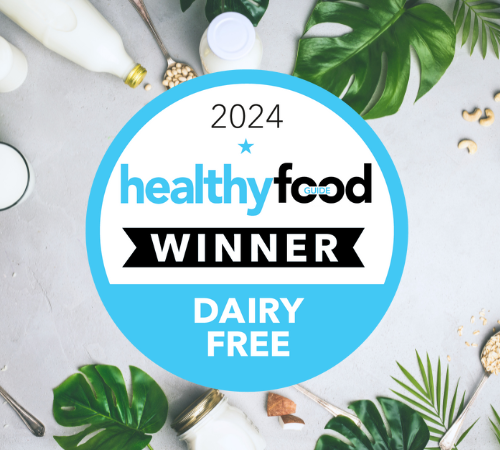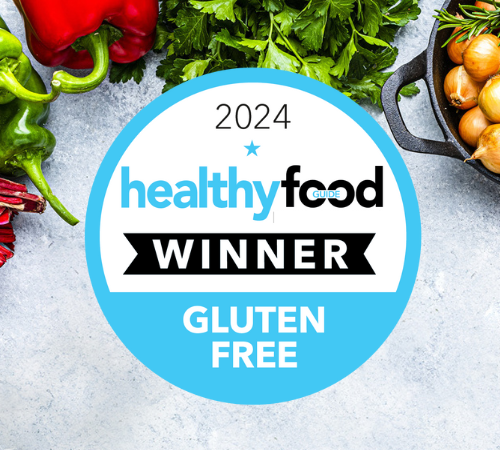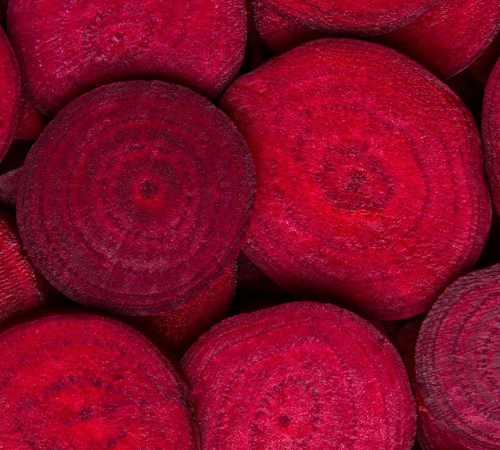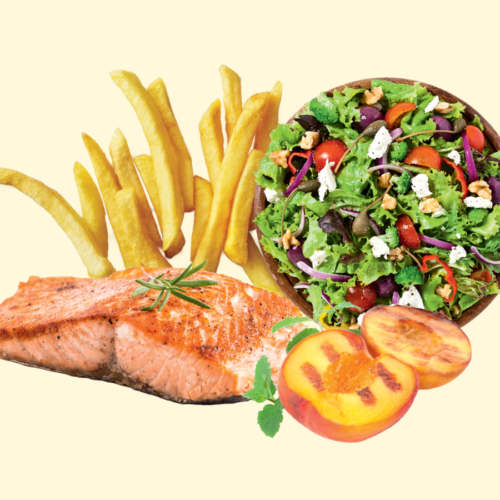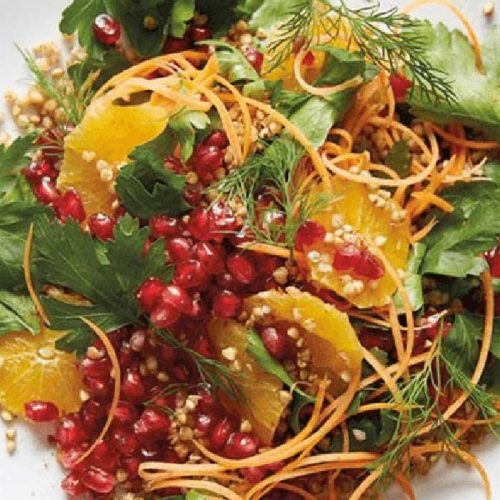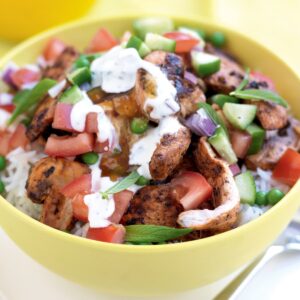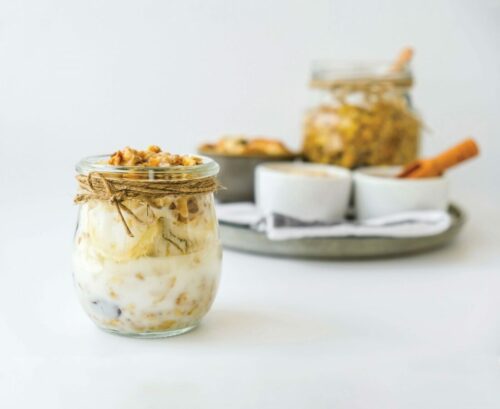
The research is crystal clear… gut health has a big impact on overall good health. Here’s how to get a gutful of the good stuff.
The many trillions of bacteria living in your digestive system play an integral role in overall good health, so keeping the balance of ‘good’ and ‘bad’ gut bacteria is vital. HFG gets to the bottom of all the pre- and probiotic products now found in supermarkets.
Probiotics: What are they?
Probiotics are the ‘good’ bacteria that, when consumed in the right amount, have a beneficial impact on gut issues, including constipation and diarrhoea. There are many different types of probiotics (or strains), such as Bifidobacterium BB-12® or Lactobacillus rhamnosus, *LGG®. Only a handful of these have been studied in detail and proven to offer a health benefit. Before you buy any supplement, it’s therefore wise to speak to a doctor or dietitian to help you match the right probiotic strain to your specific health concern.
Always check with your GP or dietitian so you can match the right probiotic strain to your specific health concern.
Prebiotics: What are they?
Prebiotics act as food for the probiotics in your gut. Without them, the ‘good’ gut bugs wouldn’t be able to survive or be able to balance out the ‘bad’ gut bacteria. Just like probiotics, there are many different kinds of prebiotics, including inulin, fructo-oligosaccharides and galacto-oligosaccharides. Many different fruits, vegetables and grains contain prebiotics naturally, and there is an ever-growing range of packaged products now stocked on supermarket shelves that have added prebiotics in them, too.
Best prebiotic food sources
Boost your prebiotic intake by eating more:
✓ Couscous
✓ Black beans
✓ Brussels sprouts
✓ Leeks
✓ Garlic
✓ Butternut pumpkin
✓ Beetroot
✓ Rolled oats
✓ Prebiotic-enriched breakfast cereals & muesli
✓ Prebiotic-enriched bread
✓ Prebiotic-enriched milk
✓ Prebiotic-enriched kombucha
Best probiotic food sources
Boost your probiotic intake by eating more:
✓ Yoghurt*
✓ Kombucha*
✓ Sauerkraut*
✓ Miso*
✓ Kefir*
✓ Muesli**
✓ Peanut butter**
✓ Supplements, but only under the guidance of your GP or dietitian**
*Probiotics may be naturally occurring or added
**Probiotics are added to this food product
Choosing probiotics
Here’s what to confirm on the packaging of foods claiming to contain probiotics:
➜ The word ‘probiotic’
➜ The specific strain of probiotic
➜ The associated health benefit
➜ The recommended dose to achieve the associated health benefit
➜ At least one billion Colony Forming Units (CFUs) per serve.
For more advice on gut health, we recommend: How to make the most of probiotics or 10 easy steps to a healthier gut.
www.healthyfood.com



